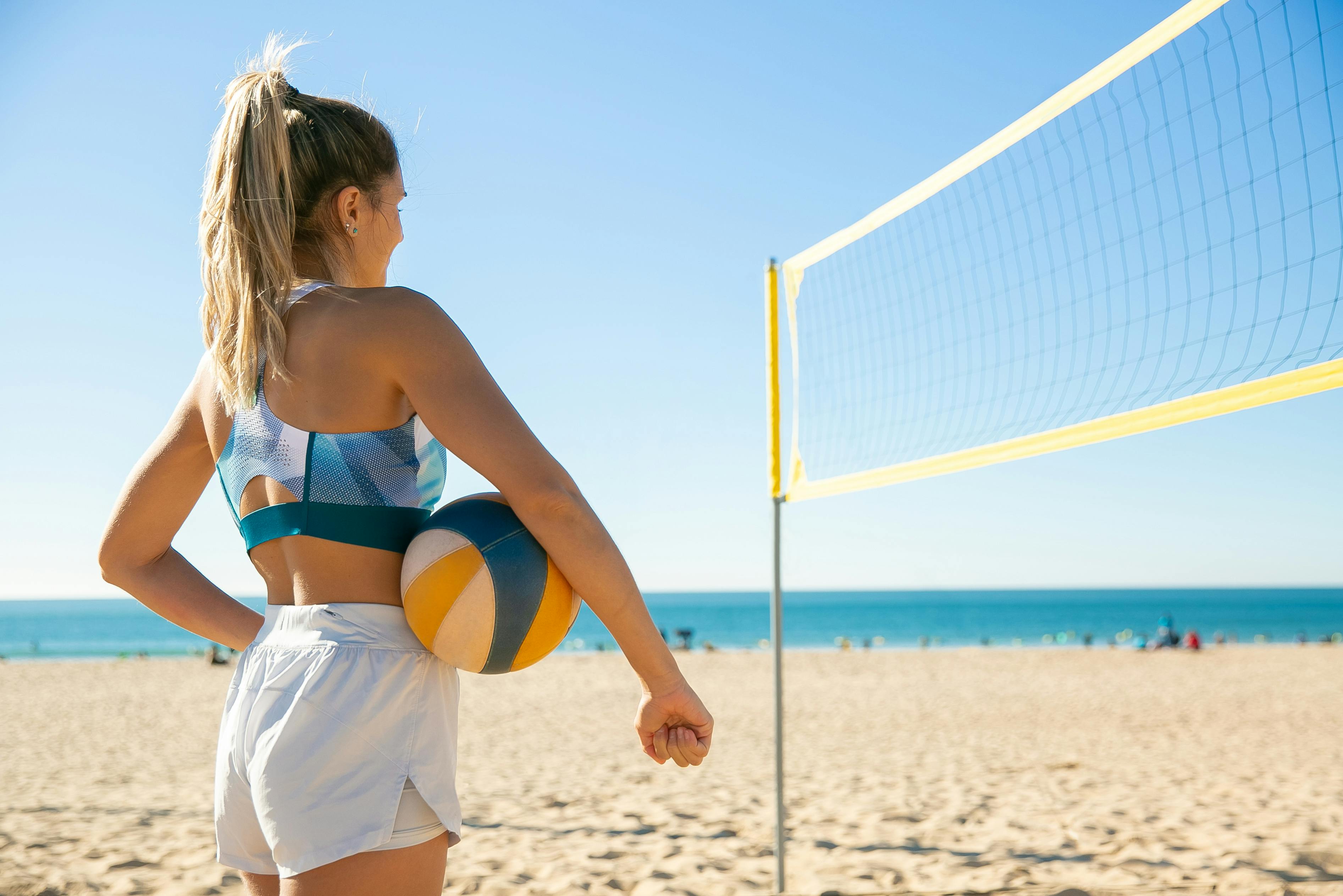Hairstyles have continued to evolve over the last century and each decade seems to have its own style. Just as the look now is straight and sleek, the 1950s look was more youthful. The 1950s were a time of innovative and extravagant hairstyles, some of which continue to inspire hairdressers to this day. It was a time when there was peace and prosperity throughout the world. The war had just ended, and unlike the utilitarian look that characterized the 1930s and 1940s, the look of this era was more glamorous.
Back in the 1940s, the prevailing style was feminine and romantic. With soft curls that fell to the shoulders or long, wavy natural hair that waved gently in the breeze, the 1940s hairstyle was an invocation of the timeless female form. However, this was either the look for people at the top rung of society or a look reserved for late-night parties. The 1940s was a period when the world was going through a great economic crisis. This economic scenario had forced many women to go out to work. The hairstyle of the time was therefore practical and suitable for working women. At the time, women mostly worked on farms or factories, and hair products like shampoo were hard to come by. In this setting, the look was strictly utilitarian and women tended to wear their hair in a neat bun around the nape of the neck and over the ears, often covered with a knotted headscarf. Styling lotions that held hair in place were all the rage.
This all changed in the 1950s when the look became more glamorous. The essential aspiration was to look like a domestic goddess, someone who made chores effortless despite looking like a diva. In the early fifties, the ponytail was the most popular hairstyle. The casual yet elegant look offered by the ponytail had many fans among women. In the early fifties, the night party look was a pleat or French bow. However, in the latter part of the fifties we see the origin of more elaborate and complicated hairstyles.
All women during this time aspired to look elegant and well-groomed. This was the time when women returned to their homes after the demands of war. For this reason, women can now spend more time on their makeup and hairstyles. This led to an era of heavy makeup and extravagant hairdos.
As we see the eyebrows, mascara and eyeliner are applied more in the makeup area, so in the hair section as well, we see a lot of experimentation with hair. Straight hair was out of the question and beauty meant having curly or wavy hair. In fact, the 1950s was probably the time when women’s regular visit to the salon for hair care and shampoo became a must. As hair fixation reached a magnum ratio with hair being touched up, sculpted, sprayed, permed and forced into perfectly shaped curls, more and more women began spending big bucks on essential hair care products. to maintain the “well-groomed hair look”. “.
For men, the look was slicked-back greased with thick sideburns like James Dean and Elvis had. Women instead copied styles dictated by Hollywood divas like Elizabeth Taylor and even the young Queen Elizabeth II. Other popular stars whose looks were copied by almost all women included Leslie Caron, Audrey Hepburn, Sophia Loren, Brigitte Bardot, and Doris Day.
Among the most popular hairstyles of the time was the poodle cut that sought to frame the round face, offering it a youthful appearance. In fact, by the late 1950s, hairdressing was a huge industry and there were close to 30,000 new salons in Britain alone. Elaborate hairstyles and hair rituals were the order of the day. From the gigantic slicked-back flakes, the beehives, and the French folds that were twisted in a way that formed the intricate spiral hairstyles, the late 1950s look was certainly chic.
Most of these styles are no longer in style. However, they continue to remind you of an era when there was prosperity in the world and people had enough time and money to think and spend on their hair.
